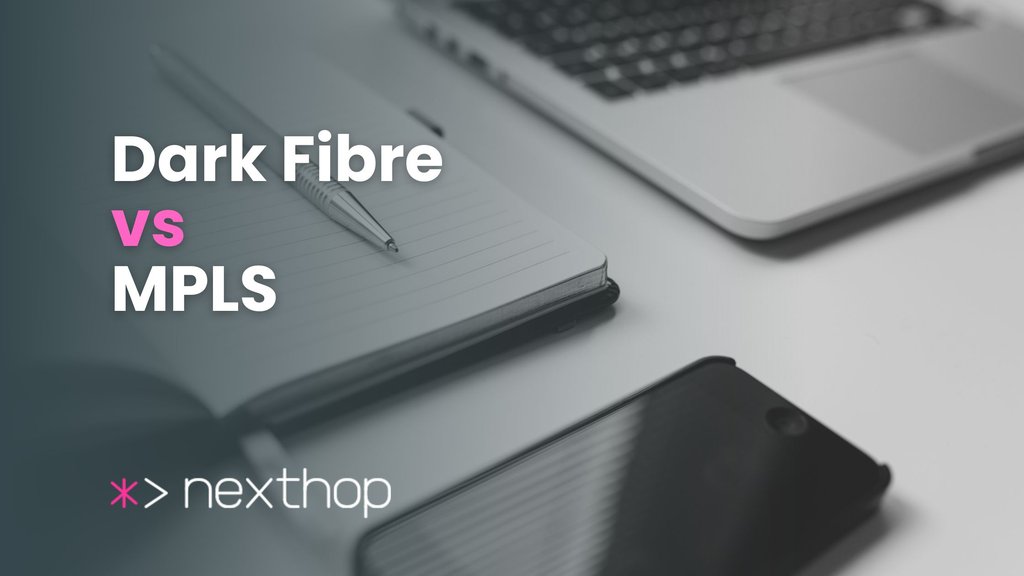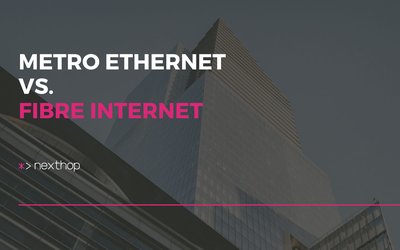In the fast-paced environment of current management practice, having a strong network infrastructure is becoming a prerequisite for any achievement. Businesses, in this case, have created a massive appetite for reliable high-speed networks as the degree of dependency on technology for business processes and competitiveness rises. Two such technologies, namely MPLS and Dark Fibre are unique in that they’ve registered growth in demand in the telecoms sector while at the same time presenting network architects with different merits and challenges.
The following article will explore the MPLS and Dark Fibre technologies with a focus on their working principles, management, benefits, and drawbacks. This will help organisations decide on the network solution depending on the strategic objectives and the degree of difference of the two alternatives presented.
This article seeks to address such questions regardless of whether a company requires more bandwidth with less latency or more control layer over the network operations.
Key Differences Between Dark Fibre and MPLS
Underlying Technology
There are two network Internet solutions: MPLS and Dark Fibre. Dark Fibre is the excess optical fibre capacity that businesses can purchase and use. To utilize it, businesses also own the hardware that turns the fibre on and lets data through. MPLS is a broadband access protocol that tags data with brief meaningless descriptors called labels for routing purposes. It is carried out over a network infrastructure that is owned by the service provider, which assures the user of its connectivity and performance. MPLS is a service that has managed aspects and has assurances on the quality of service provided, on the other hand black Fibre provides complete freedom in the deployment of networks by organisations.
Control and Management
For MPLS, the solution is entirely managed by service providers since they own the network infrastructure. In contrast, dark fibre enables organisations to completely control their networks, thus offering a higher level of flexibility and management control. While using dark fibre, companies are free to choose the devices they wanted and even design their systems as per their needs. On the other hand, MPLS clients have little control over how the network will be set up. The provider takes charge of the network and service quality management.
Advantages and disadvantages of Dark Fibre
Advantages of Dark Fibre
There are several advantages of Dark Fibre including high bandwidth, low latency, better security and flexibility. Its extremely great capacity makes it suitable for applications such as data centers, cloud computing, and even video on demand. Low latency is ensured by the use of a direct dedicated line providing a guaranteed and consistent fast transfer of data. In addition, dark fibre is used internally assuring a high degree of privacy and security as the likelihood of hacking and information leakage is very low. Organisations also have the benefit of being able to expand their networks when necessary and change the structure of their network because of their total control of the dark fibre facilities. This means that businesses can respond to changes in business needs and make the best possible use of their networks.
Disadvantages of Dark Fibre
There are pros and cons associated with Dark Fibre. One of the significant disadvantages is the needs for increased initial expenses in buying or renting the physical Fibre network. Outlays that are in addition, in order to fully make use of dark Fibre, organisations may have to acquire additional equipment such as, switches, routers or even optical transceivers. These factors can result in a surge in the capital requirements needed to implement a dark Fibre solution.
Looking for a data centre dark fibre connectivity option?
We`ve got you covered!
Month-to-month contract - $250 per month ($1000 setup)
Sydney
/
Melbourne
/
Brisbane
/
Perth
Advantages and disadvantages of MPLS
Advantages of MPLS
MPLS has multiple benefits such as guaranteed quality of service (QoS), optimisation of the network, and managed services. It gives preference to different classes of traffic according to their significance and makes certain that vital applications are provided with the required resources and bandwidth. Additionally, congestion is managed, and routing is done in an efficient manner so as to enhance performance of the network. The complexity of managing the network is also reduced due to managed MPLS services, which are offered by the service providers to the businesses for added assistance and expertise.
Disadvantages of MPLS
MPLS is beneficial in a number of ways, but it has its downsides as well. The biggest drawback being that organisations running on MPLS networks have to put their faith in the hands of the service providers to provide a fast and effective network. In any case, defects in the service provider's management or its infrastructure will affect the whole network performance. Furthermore, although flexibility is provided with MPLS, it may not be as customizable and controllable as dark Fibre would be. This is worth considering for companies operating situations that require a lot of network performance and reliability, and thus customising their network architecture is imperative.
MPLS and dark Fibre both come with their advantages and disadvantages, and they serve different purposes. Dark Fibre is also the ideal solution for organisations that require low latency and high bandwidth, as well as complete authority over their networks. However, for enterprises that prefer managed services, network optimization, and quality of service, MPLS is a viable choice.
Hence, it is important to evaluate the needs of your organisation if you want to know what the best technology solution is as network developments and enhancements are consistent. You can build an appropriate network infrastructure that aligns with your business objectives and make better choices by understanding the differences between MPLS and dark fibre. One of the leading firms dealing in the supply of dark fibre solutions is Nexthop. Based on our extensive infrastructure and expertise in Fibre optic technologies, we are able to assist your business in exploiting the benefits of dark fibre to achieve your networking goals.
For additional details please contact our team immediately and learn about the reasons why you can rely on Nexthop for optimal network solutions.





